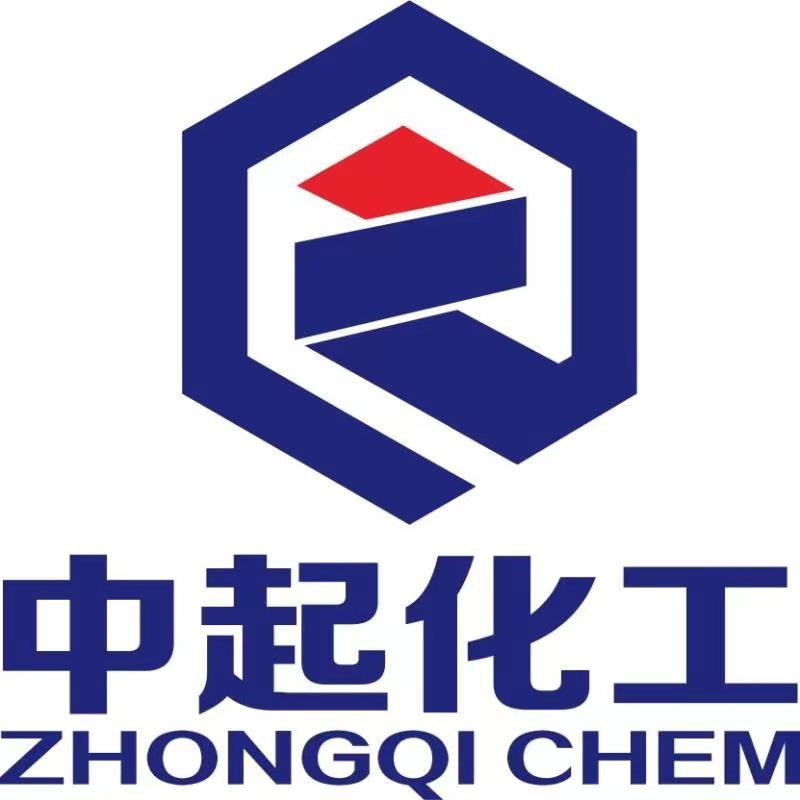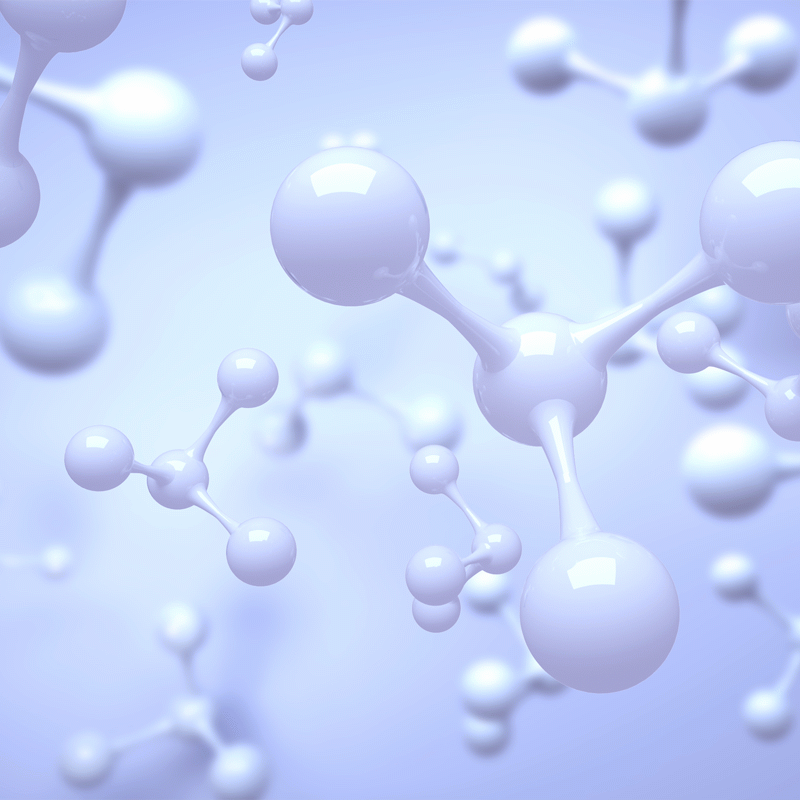-
Categories
-
Pharmaceutical Intermediates
-
Active Pharmaceutical Ingredients
-
Food Additives
- Industrial Coatings
- Agrochemicals
- Dyes and Pigments
- Surfactant
- Flavors and Fragrances
- Chemical Reagents
- Catalyst and Auxiliary
- Natural Products
- Inorganic Chemistry
-
Organic Chemistry
-
Biochemical Engineering
- Analytical Chemistry
-
Cosmetic Ingredient
- Water Treatment Chemical
-
Pharmaceutical Intermediates
Promotion
ECHEMI Mall
Wholesale
Weekly Price
Exhibition
News
-
Trade Service
The synthesis of 2,2-difluoroacetamide, a commonly used reagent in organic chemistry, has traditionally been achieved through several routes.
However, in recent years, synthetic chemists have developed new and more efficient methods for its synthesis, which are more cost-effective and environmentally friendly.
One of the earliest methods of synthesizing 2,2-difluoroacetamide involved the reaction of fluoromalonic acid diester with ammonia in the presence of a Lewis acid catalyst.
This method, however, suffered from several drawbacks, such as the use of hazardous reagents and the generation of a large amount of waste.
A more recent and popular method of synthesizing 2,2-difluoroacetamide involves the reaction of 2,2-difluoroacetaldehyde with ammonia in the presence of a strong base, such as sodium hydroxide.
The use of a strong base eliminates the need for a Lewis acid catalyst, making the reaction safer and more environmentally friendly.
Another synthetic route to 2,2-difluoroacetamide involves the reaction of 2,2-difluoroacetic acid with sodium amide in the presence of a solvent, such as DMF or DMSO.
This method is also safer and more cost-effective than the earlier methods, as it does not require the use of hazardous reagents or a Lewis acid catalyst.
In addition to the above-mentioned methods, there are also other synthetic routes to 2,2-difluoroacetamide, such as the reaction of 2,2-difluoroacetyl chloride with sodium hydroxide, the reaction of 2,2-difluoropropanamide with hydrogen fluoride, and the reaction of difluoromalonic acid with ammonia in the presence of a Lewis acid catalyst.
The choice of the synthetic route for 2,2-difluoroacetamide depends on several factors, such as the availability of reagents, the desired yield, and the cost of the reaction.
However, the methods mentioned above are the most commonly used and widely accepted in the chemical industry.
In conclusion, the synthetic routes of 2,2-difluoroacetamide have undergone significant changes in recent years, with newer and more efficient methods being developed to replace the older, more hazardous methods.
The use of safer and more environmentally friendly reagents and methods has made the synthesis of 2,2-difluoroacetamide a more sustainable and cost-effective process, benefiting both the chemical industry and the environment.







